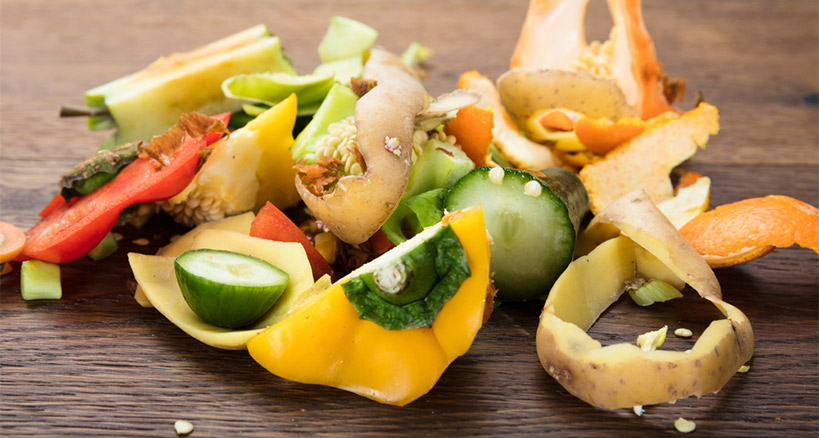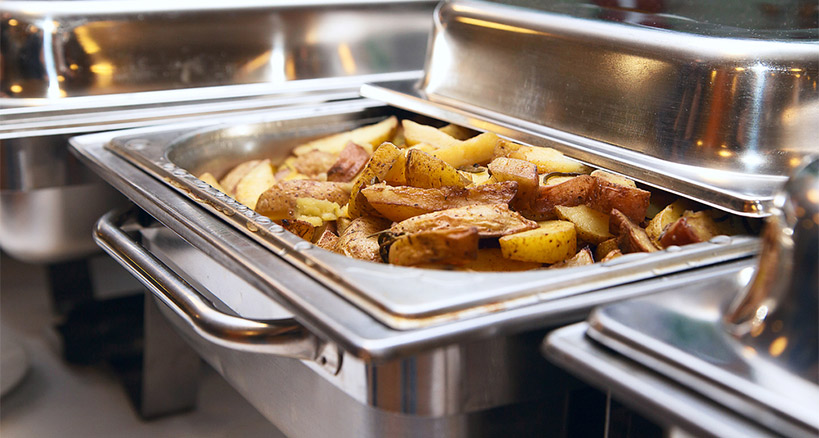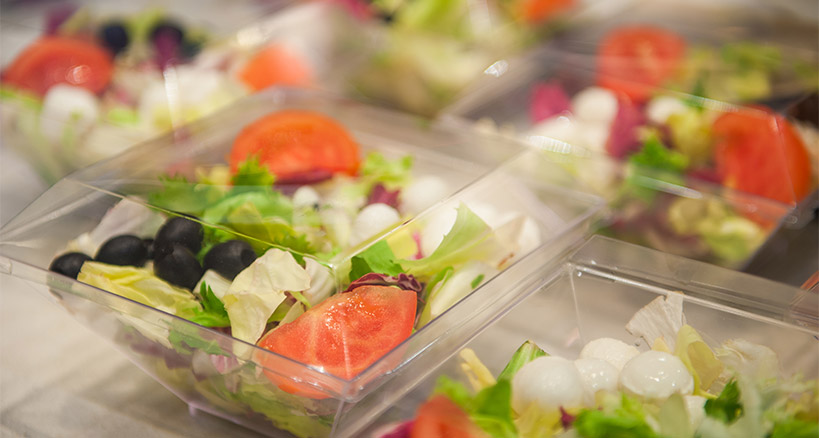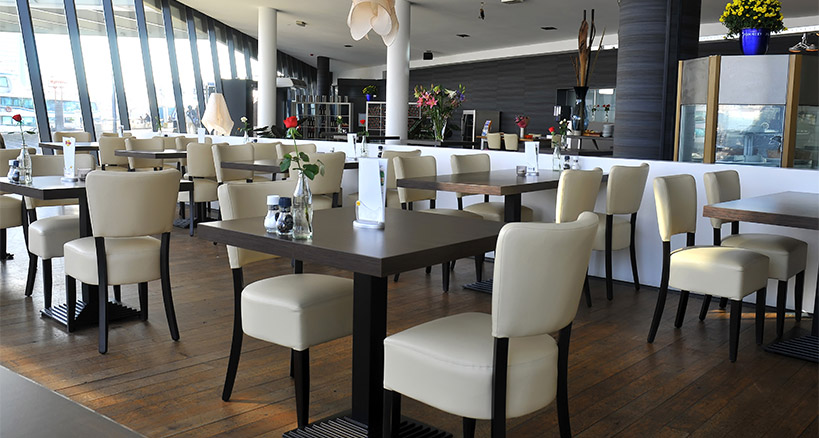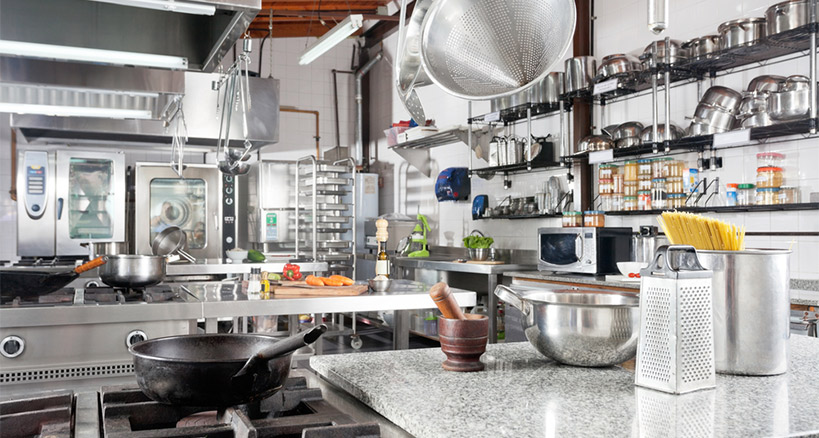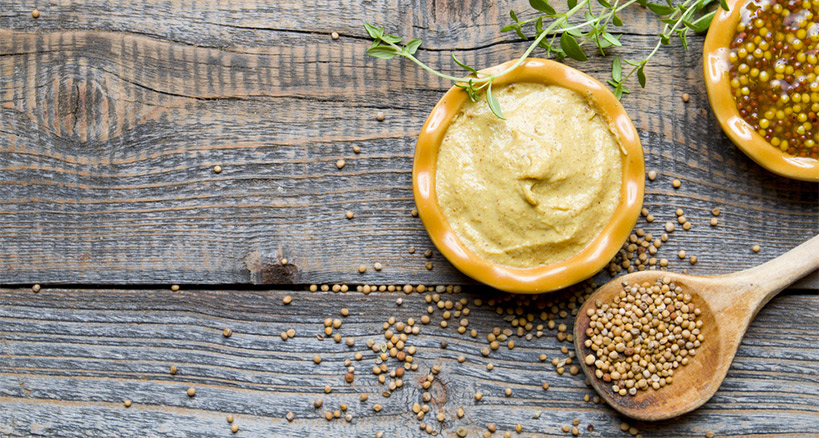
Mustard: Possibly the Greatest Condiment of Them All
Mustard may have come alive for Americans in the early 20th century, when it was first coupled with the hot dog, but its history is longer and spicier than you might have imagined. The mustard plant, a member of the Brassica family, has tiny round seeds and tasty leaves, and the condiment mustard is made from the seeds of this plant. Its English name, mustard, is derived from the Latin words, mustum ardens, which mean “burning must.” This is a reference to the spicy heat of the crushed mustard seeds and the old French practice of mixing the plant’s ground seeds with “must,” the unfermented juice of wine grapes.
Mustard Facts and Stats
To keep things straight, mustard is technically the plant, while prepared mustard refers to the condiment. (In most cases, though, when people say “mustard,” everyone knows they’re referring to the condiment.) The seeds aren’t flavorful until they are cracked, after which they are mixed with a liquid to become prepared mustard.
Continue reading Discover the Health Values and History of Familiar Mustard
